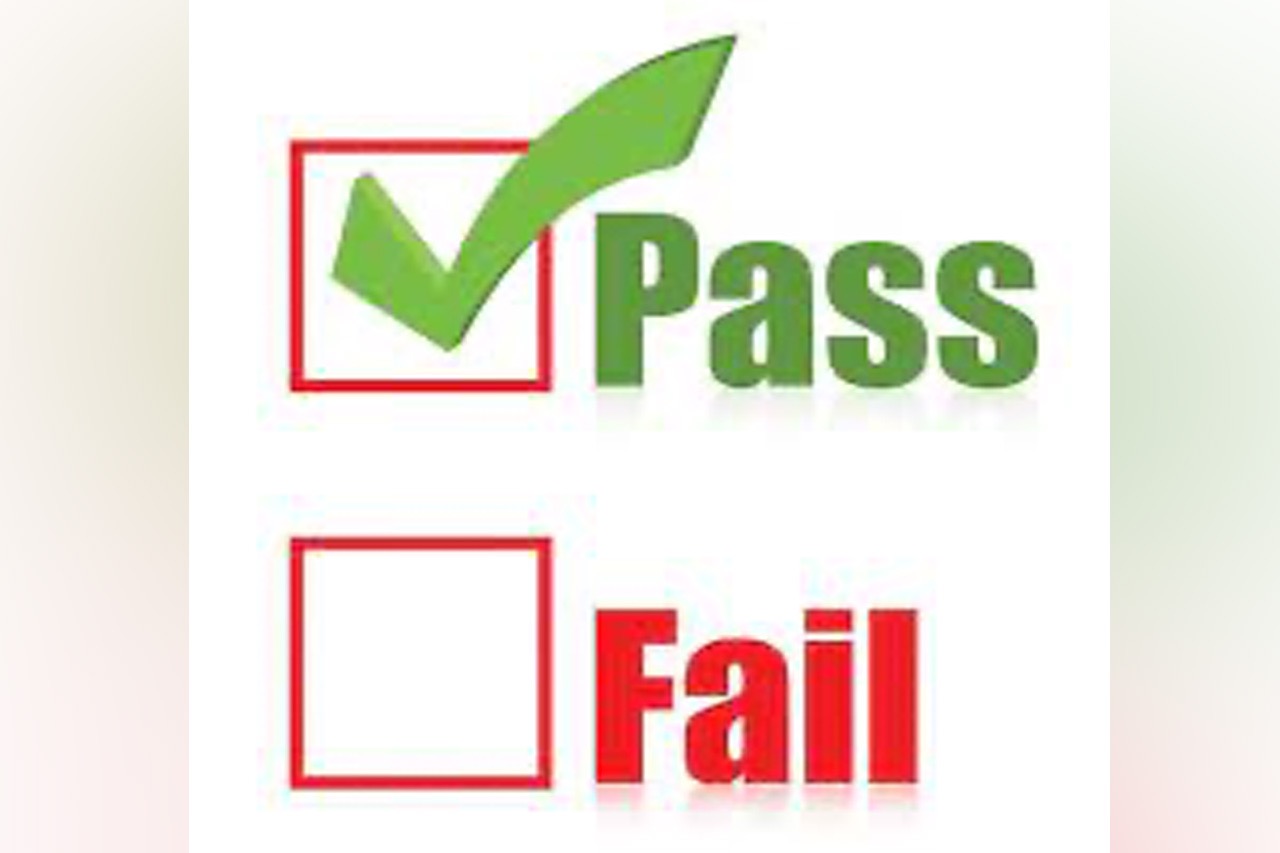
India has one of the lowest passing marks in the world. In India, the passing percentage in primary and secondary education is between 35-40 percent in all the states.

Within a few months, as Class X and Class XII students finish their exams, we will have glowing front-page stories about the students who have scored almost 100 percent in all the subjects.
We will learn about their plans for higher education and the endless career options they can choose from. What we will remain in dark about though is the percentage of students who failed to even score 50 percent and what could be the possible career paths for them. Interestingly, the data for how many students score below 50 percent, and how many barely score passing marks is not made available.
India has one of the lowest passing marks in the world. In India, the passing percentage in primary and secondary education is between 35-40 percent in all the states.
The Uttar Pradesh (UP) state board of school education requires students to score a minimum of 33 percent marks. Punjab, Gujrat, Rajasthan, and Chattisgarh are among the states with the same minimum qualifying marks percentage. The Central Board of Secondary Education has the same 33 percent criterion.
To clear Kerala board examinations of class 10 and 12 exams, a candidate needs to score at least 30 percent marks, one of the lowest among all the states in India.
While the minimum qualifying percentage in schools in India is considered very low, this stands completely opposite in the higher education system in India. The cut-off for entering any decent college under Delhi University is 95% – 100%.
In a country that is in a hurry to turn its population literate, low passing marks are a mere strategy to reach the target. But it could also prove to be counter-productive because we end up with a huge youth population who are untrainable for modern jobs.
Nearly 27 crore Indian students from varied socio-economic backgrounds are in the schooling system. The question is will they be job ready by the time they pass out of high school?
A majority will opt out because of their socioeconomic condition, while others will be denied entry, simply because the very criterion of selection and rejection sees a paradigm shift at the college level.
The grading systems in the West are different but one can compare and asses where one stands in terms of minimum passing marks.
In the United States, grades are given from A to F, however, they also have a percentage behind them. While A (90% – 100%) is the highest grade you can receive on an assignment, and F is a failing grade given to those failing to qualify. The score percentile for F grade is between 0 – 59%.
The French grading system is on a scale from 0-20. To pass a subject, the candidates usually have to get 10 points. A candidate is considered to have passed if, at the end of each academic year, the average of his/her grades is at least 10. Out of 20, a candidate having a grade lower than 10 is considered failed.
The German grading system is based on the GPA (Grade point average), a 1 to 6 (or 5) point grading system where 1 – 1.5 (90-100% in the Indian system) is ‘Very Good’ and 4.1 – 5 (0-50% in the Indian system) is ‘Not sufficient’.
Schools, colleges, and universities in China follow either a 5-scale or 4- scale grading system. In the 5-scale grading system, students who get a percentage ranging from 0 to 59% are given a grade of F (fail).
In the four-scale grading system, Grade D denotes that students have failed. Students getting between 0 to 59% are given a D.
The overall passing grade in China is 60%.
Interestingly, it was the British who held the first matriculation examination in the Indian subcontinent in 1858. Back then, the minimum qualification mark in Britain was 65. The passing mark for Indians was fixed at 33 because the colonial masters believed Indians could only be half as intelligent as them. And yet, we continue with the colonial legacy in a world that is driven by technological development and requires our human resources to adapt to the ever-changing needs of industry.
While the creation of excellence, and giving a push for better skill training are necessary steps to creating a productive youth workforce, the Indian education system fails at a very fundamental level. Various studies have shown Indian students to have dismal reading, writing, and comprehension abilities.
Children around the world are expected to be independent readers by the end of grade three, the study, conducted by non-profit Stones2Milestones, found that only 12.5% of Indian students in grade four showed a full and detailed understanding of texts in a reading assessment. And of the students surveyed from grades five and six, just 2.7% recorded good comprehension skills.
The groundwork for future vocational and academic training is done at the school level. If we, as a country, let our children sleepwalk through that period, their later life experience of getting an expert will be riddled with failure and hopelessness.
A relook at strategies on how best to train children, who are having difficulty in learning in classroom needs to be adopted, across both government and private schools.
If at all, India wants to reap the benefits of having a young population, and a sizeable population that’s still in school, it must first do away with the 33 percent passing threshold.